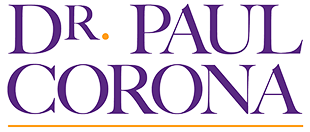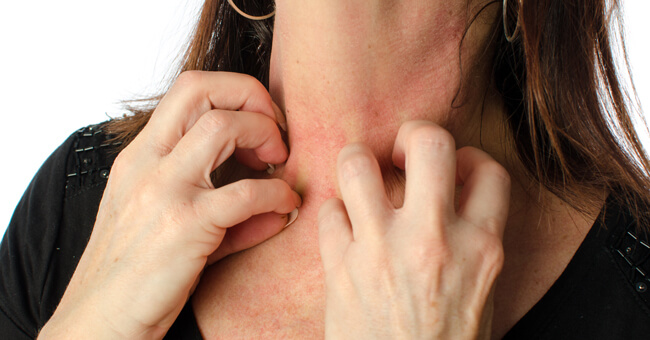Headaches are a common problem for many patients that I see. It is one of the most common stress related symptoms. The most common symptom related to stress is tension of the muscles of the neck, trapezius (muscles from the neck to the shoulder) and upper back muscles. The muscles of the neck attach to the middle/bottom of the back of the skull (the “bumps” felt at that area).
At that point and around the scalp is a thin layer of muscle that surrounds the skull and face. When the neck/trapezius muscles contract and tighten, this causes the thin muscle layer around the scalp to contract, which results in a squeezing sensation of the head. This is why tension/muscular headaches are described like a vice-grip sensation.
The two most common types of headaches are muscular/tension and migraine. The muscular/tension types of headaches are far more common, as already described. Migraine headaches are related to vascular changes of the small blood vessels of the scalp, which contract and dilate. The constriction phase of the blood vessels can lead to an “aura” (warning sign) of an impending headache. This can be visual haziness of part of the visual field, or spots that come and go at certain areas of the vision. It can also be an abnormal smell, dizziness and other symptoms. The aura typically precedes the headache by a half hour to a hour or so.
Mixed headaches are fairly common, with elements of both of these types of headaches at the same time. More rare types of headaches are cluster headaches (which can be very severe and debilitating) and sinus headaches (from sinus infections and severe nasal allergies). Also, hormone related headaches occur premenstrually, during menses, perimenopausal and menopausal.
Stress and low-grade recurring anxiety is the top reason for the major types of headaches. Other factors such as genetics, diet (certain foods may set off headaches for some), humidity changes and other factors may be related. Treatment usually focuses on pain reduction, but I feel that it is important to also focus on prevention. I will be continuing next week with the second part of this blog on headaches, and how to resolve this pesky problem. Bye for now- Dr. C



